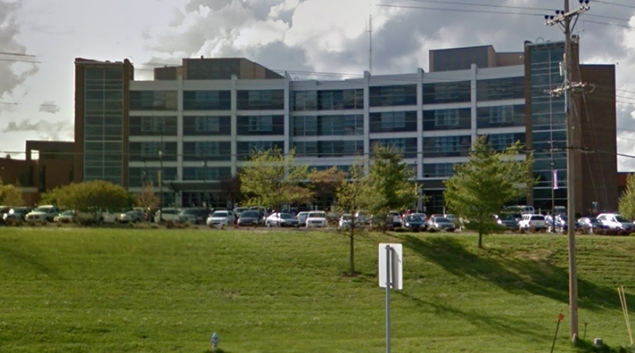How Mosaic Life Care strengthened their revenue cycle by retraining staff on patient financial communication
Mosaic just started the third year of a five-year plan, and is already seeing improved collections and revenue en route to a projected $9 million ROI

Missouri-based Mosaic Life Care knew it had to revamp the way it thought about its revenue cycle. The denials picture was far from ideal, and collections from the patient access point weren’t doing much better. The response was a five-year plan, with a focus on training staff on communicating patients’ financial responsibility.
The first four months were spent performing an in-depth assessment of the revenue cycle. The plan was then drafted, focusing on improving processes, putting the right technology in place, automating as much as possible, and focusing more on transparency.
Mosaic just started the third year of its plan, and now boasts a best-in-class revenue cycle operation.
“We were using 2016 as our baseline,” said Deborah Vancleave, Mosaic Life Care’s vice president of revenue cycle. “We had incredibly high final write-offs in terms of denials, and a major portion of that was from the patient access point. So that’s kind of where we focused first.
“You’ve heard the term, ‘Garbage in, garbage out,'” she said. “We had to make sure we cleaned up the front end so we got good information throughout the revenue cycle.”
At the time, the organization’s biggest challenge was eligibility and accuracy — not to mention timing. The system it had in place had continued to time out, and when that happens, it takes a good chunk of time to return a result. That either means the patient has to wait and potentially become frustrated, or the process is skipped altogether in the name of patient satisfaction.
Mosaic tapped AccuReg to help it out in that regard. Fixing eligibility was key, as was shoring up quality assurance.
“We didn’t have any quality assurance in place whatsoever,” said Vancleave. “They were not held accountable for the registration. We went from no statistics at all to a goal of 85 percent on the accuracy scale, and for fiscal year 2018, we beat that by a couple of points. Our accuracy rate was 87 percent. It was a lofty goal starting off, but we achieved it.
“On the denials front, we started with close to $4.7 million, and it was less than half of that last year.”
AccuReg was the first software tool implemented in the plan, but the system also brought in ClearBalance to firm up the patient financing side of things. Previously, Mosaic’s patients had no options when it came to out-of-pocket costs. By transferring that work to a vendor, the organization instantly infused millions into its revenue cycle.
For the chargemaster, Mosaic introduced a bill analyzer, essentially a one-bill patient portal that transformed the online payment experience from a simple website to something more engaging and interactive. That was key, since the patient financial experience was the nucleus of the long-term plan.
“We had to make sure registration was accurate and out-of-pocket costs were specifically communicated to the patient,” said Vancleave.
To further buttress that, a financial clearance unit was established to clear the patient prior to an appointment so there were no surprises, and the patient could more readily understand their out-of-pocket responsibility. Patients typically want answers, and now they finally had them.
Vancleave said effective financial communication starts at pre-access.
“It starts with getting correct eligibility,” she said. “That’s having our unit communicate directly with the payer. That’s then turned over to patient financial clearance, and that team reaches out to the patient in front of their appointment. We’re just in the beginning stages of this process, and patients really appreciate it.”
The approach has worked, said Vancleave, because it was plotted out carefully and systematically. Small victories have been peppered throughout the journey, and with scattered cash infusions throughout the plan, Mosaic expects the return on investment to be about $9 million if all goes according to plan. And to date, it is.
All an organization truly needs is the drive and focus to make it happen, said Vancleave.
“What we have undertaken is not really for the faint of heart,” she said. I have a sign on my desk that says, ‘Can’t stop, won’t stop.’ We’re making huge strides toward that nucleus. Everything we’re doing is to be the trailblazer for the patient experience.”
Click here to view the original article from Healthcare Finance News.